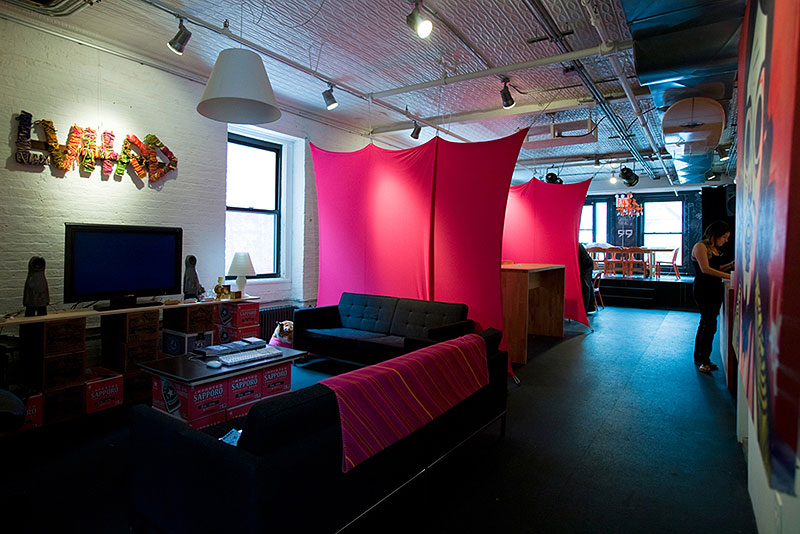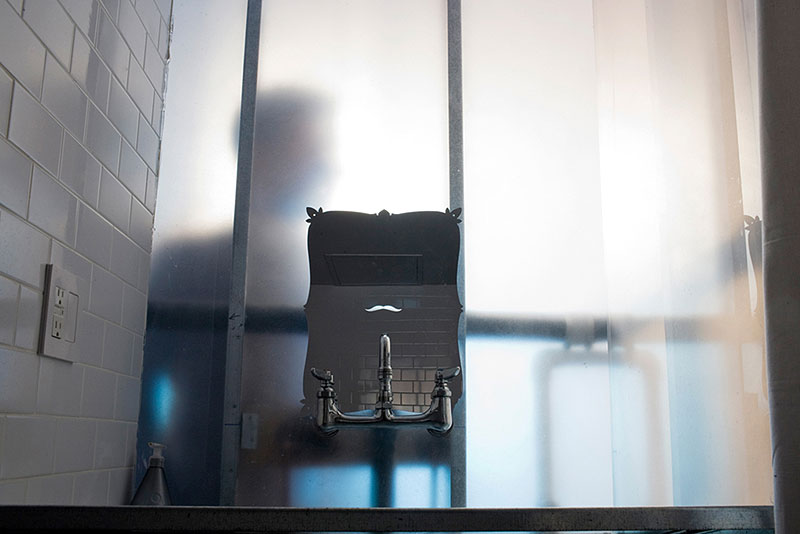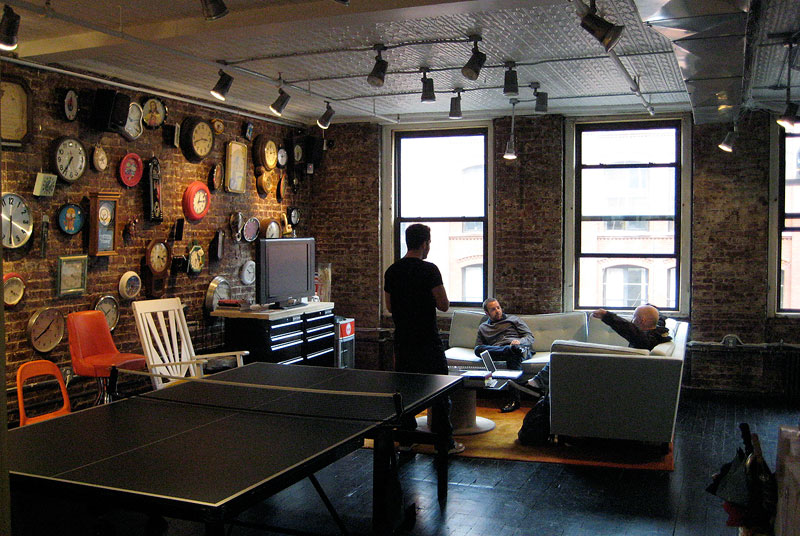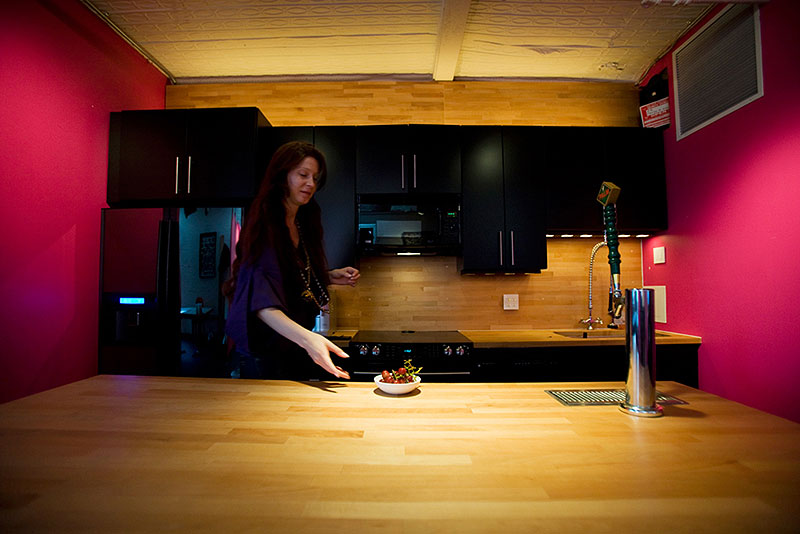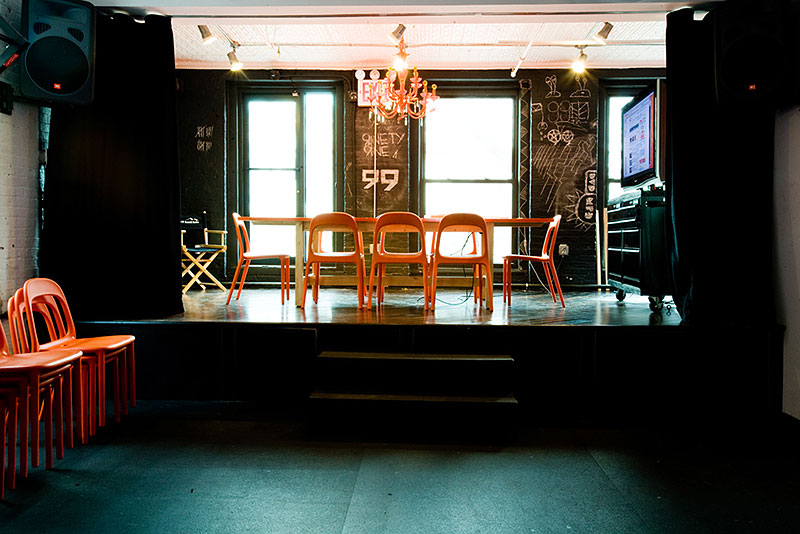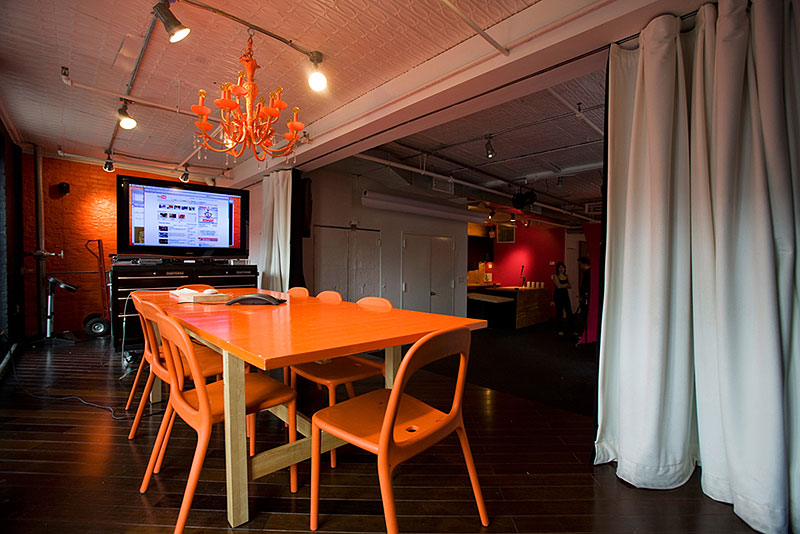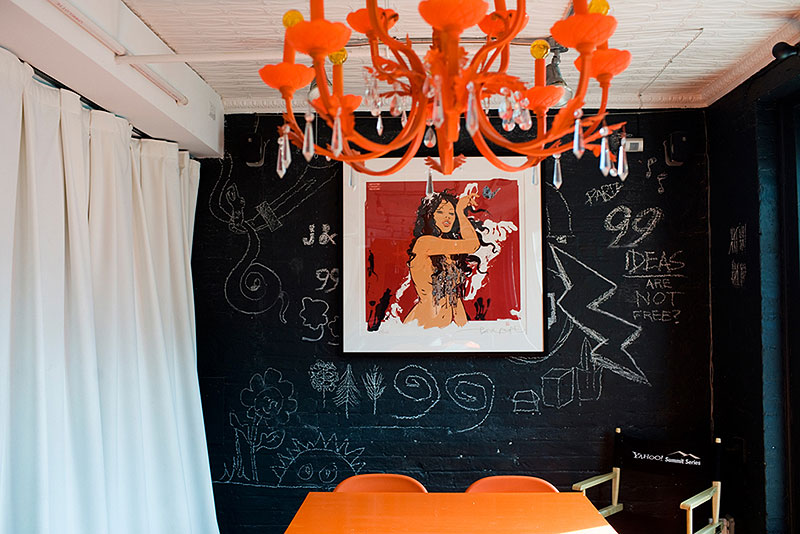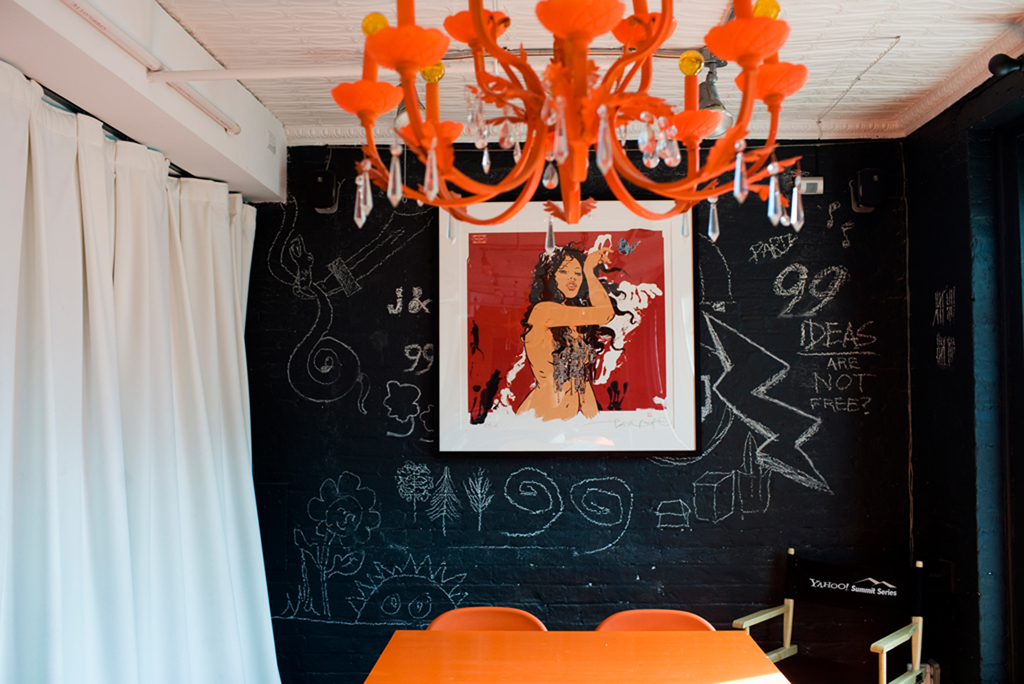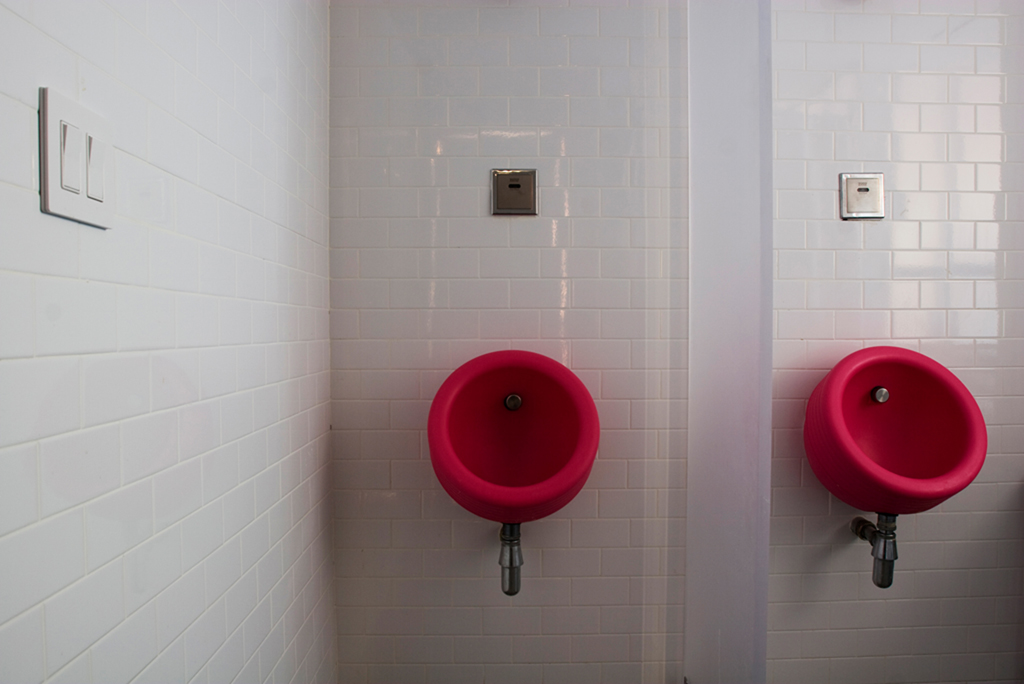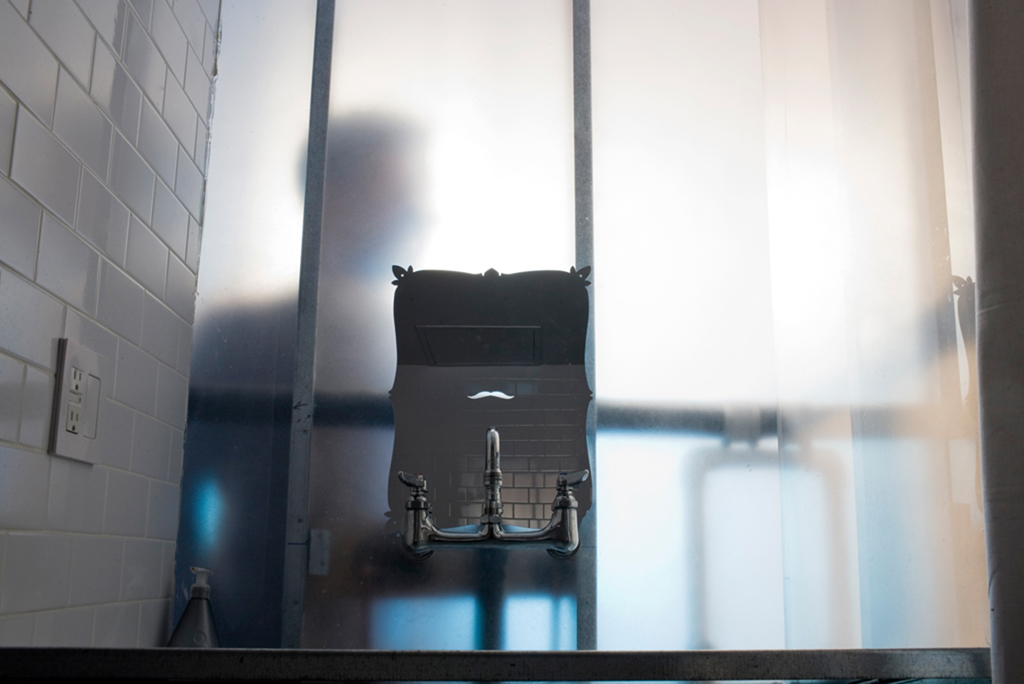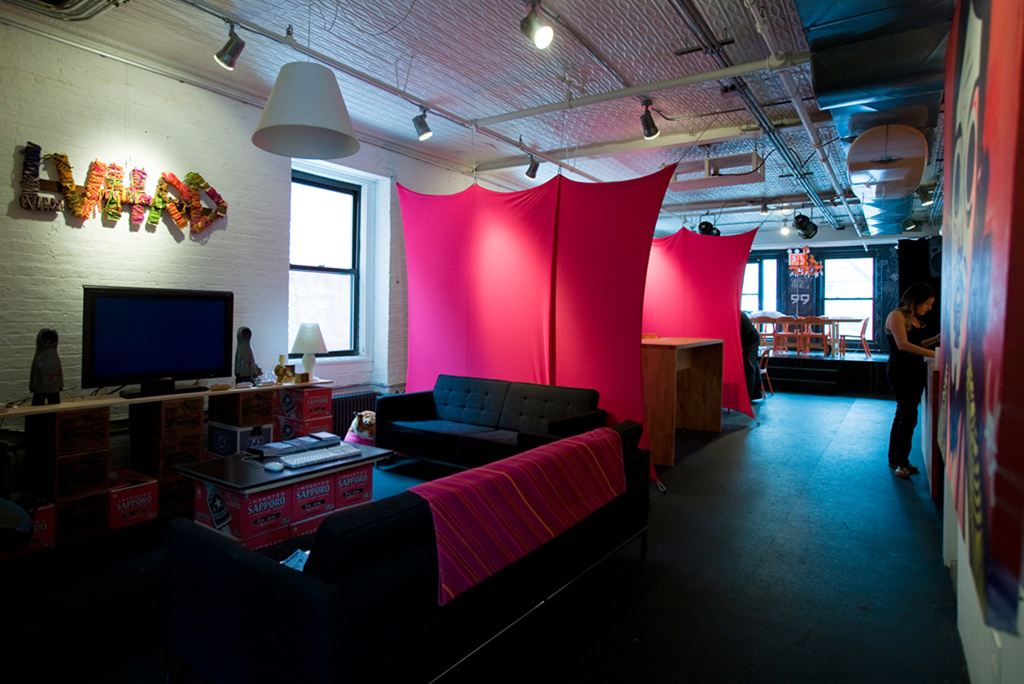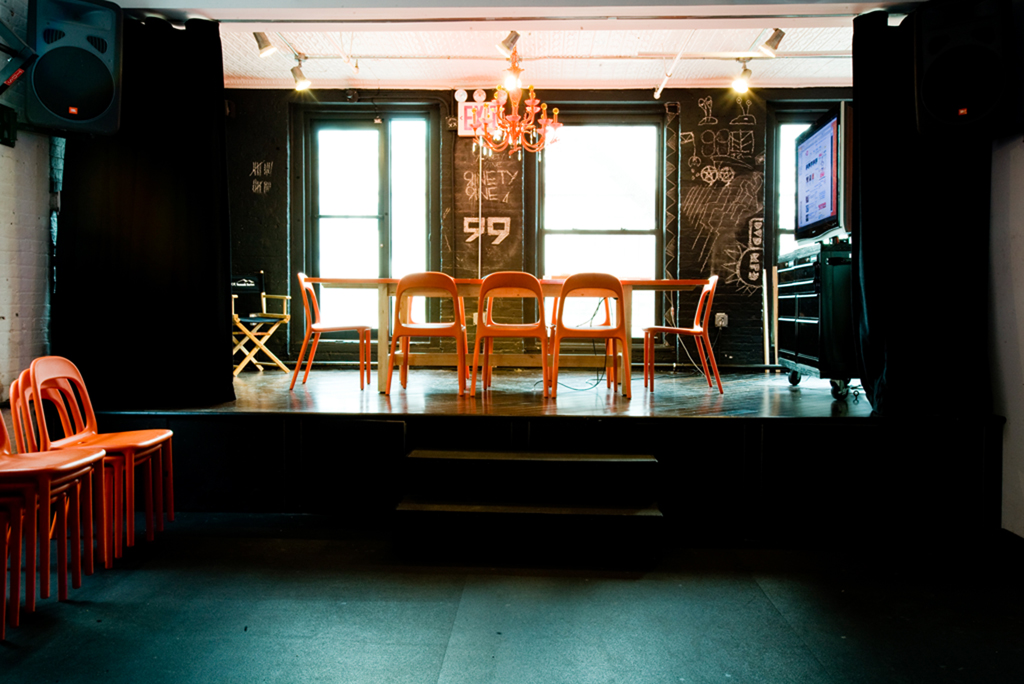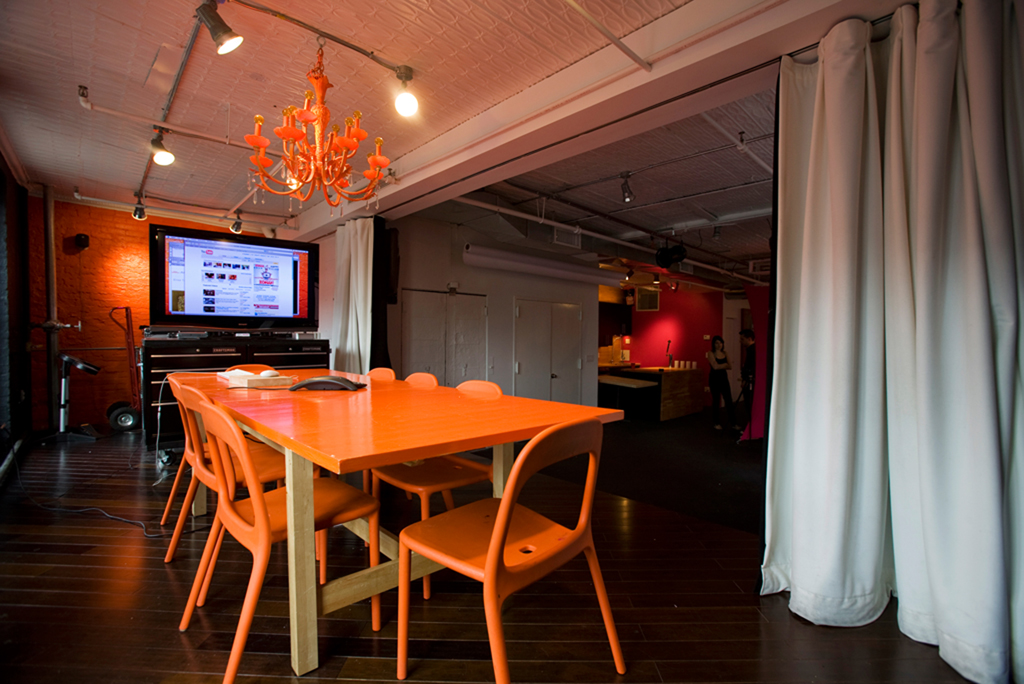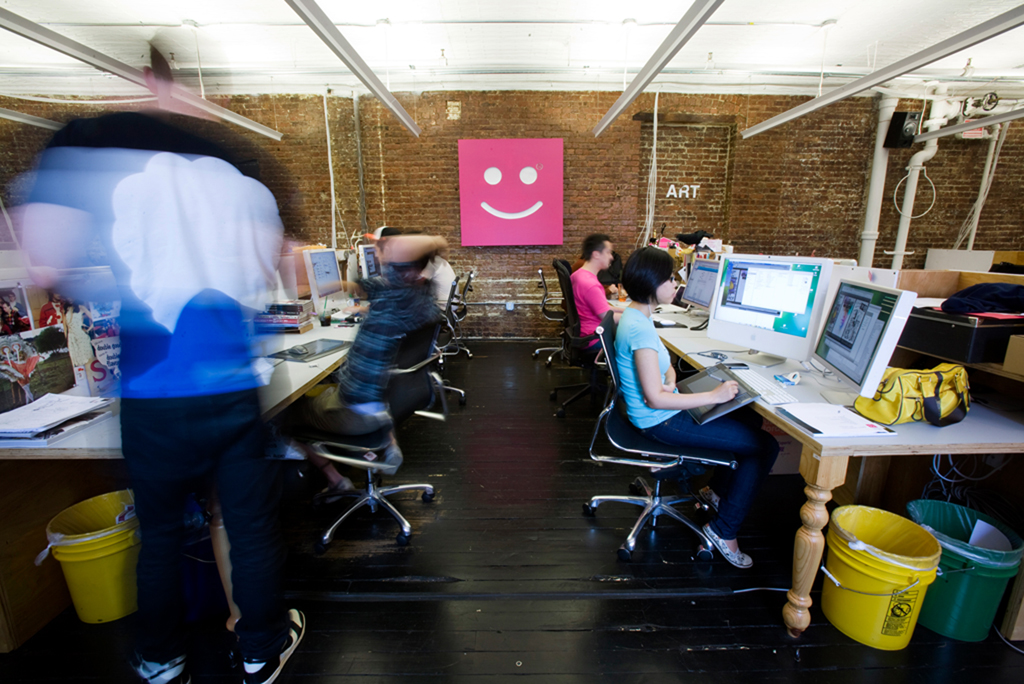The ADC's youngest-ever president takes time to talk tattoos, social justice and creativity
© Gary Sloan
Clocks fill a wall of the downtown New York design and branding shop thehappycorp global. A Homer Simpson clock, a kitschy cat-clock with moving eyes and tail and a Salvador Dali-style timepiece -- its features "melted" out of shape -- are part of the collection. "I'm really obsessed with time and the design of time," explains CEO and creative director Doug Jaeger when asked about the "33" tattoo still flaking on his forearm. The body art was a gift from his girlfriend and commemorates his recent 33rd birthday. (And he got the ink at precisely 3:33.)
"It's something I'm really interested in. Interactive work in any form, whether it is an experience, digital, a printed piece, requires an understanding of time," he says. Time has been on Jaeger's side. As the ink was drying on his first tattoo, the Art Directors Club, the 88-year old nonprofit that holds the yearly ADC Awards, was announcing the appointment of Jaeger as its youngest president to date. Taking over from Taxi founder Paul Lavoie next month, Jaeger is modest about the recognition, remembering how shy he was in early meetings when he joined the board of the New Yor based trade organization three years ago.
Rattling off the names of celebrated industry creative directors he joined on the board, Jaeger recounts what an honor it was last year to be among the many creative directors who have been asked to craft the club's call for entries. "Am I famous now?" Jaeger remembers asking himself.
The Syracuse University graduate parlayed his studies in media arts and computer graphics into jobs at Agency.com and K2 and creative director posts at generalist shops JWT and TBWA\Chiat\Day. Jaeger struck out on his own in late 2003, setting up a business that has grown from its humble T-shirt-design beginnings in his SoHo apartment to the 18-employee "think tank" of "hybrid talent" whose mission is "to have a company with a conscience." Its logo is a bright pink happy face.
"It's really rewarding," says Jaeger of clients like Action Without Borders, which runs the Web site idealist.org, and ooma, a firm that offers free Internet phone service. "I still think our company is naive," says Jaeger, who prefers to measure its development in human stages. "Soon we'll be a teenager." But in the meantime, he says, it feels gratifying to "influence products and tools that will shape the future of our world."
Now tasked with helping to shape the future of the Art Directors Club, Jaeger will use the same online and offline brand-building, event-planning and social-networking tools he uses to build his own company and its clients to expand the role the club plays in the lives of its members. "By connecting to every organization and every possibility I think we do justice to people who have chosen to be creative in the world," he says. "Creative people need support and need each other to advance."
Ratcheting up the social currency of the club among the young creative types in New York City -- and beyond through the Web -- shouldn't be too much of a stretch. For years, Jaeger's been bringing creative people together through LVHRD ("Live Hard"), an event-planning arm/ social experiment that began with his desire to connect with creative people from other industries and has led to unconventional, brand-sponsored events such as the "Vending Machine Challenge," a contest to see who can first eat all the contents of a vending machine; “Architects Duel," which pits architects against each other with a raucous creative brief executed on stage; and "Cell Phone Lock In," in which twentysomethings check their cell phones at the door of the Museum of Modern Art to listen to Brooklyn band Les Savy Fav. "I'm tireless, I work really hard, I take chances," says Jaeger, currently in the planning stages of "Cell Phone Lock In 2" for a yet-to-be-determined client. "The ADC wants me to take my energy and give the club energy, make it more youthful, make it about the next generation of communications."




